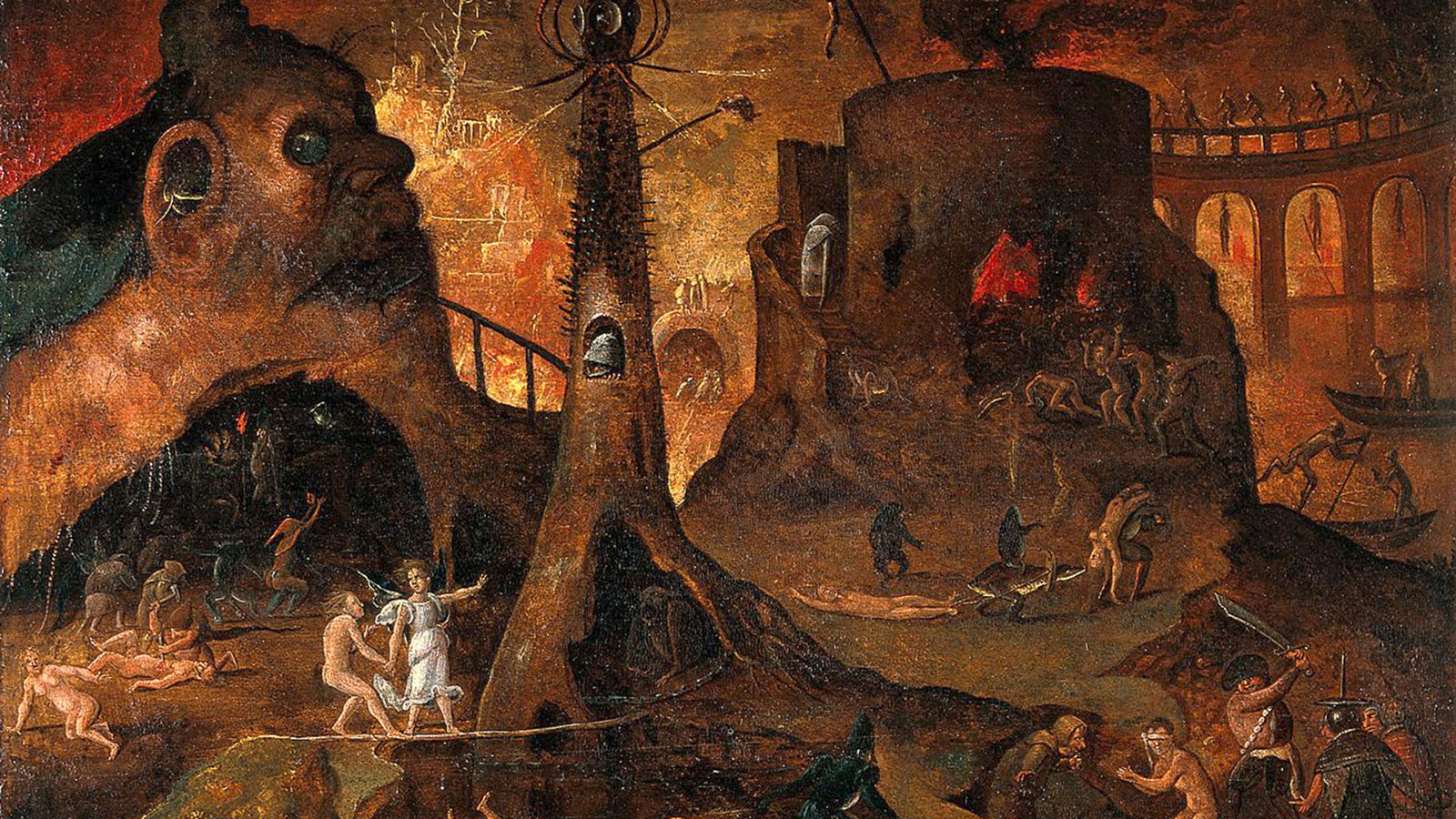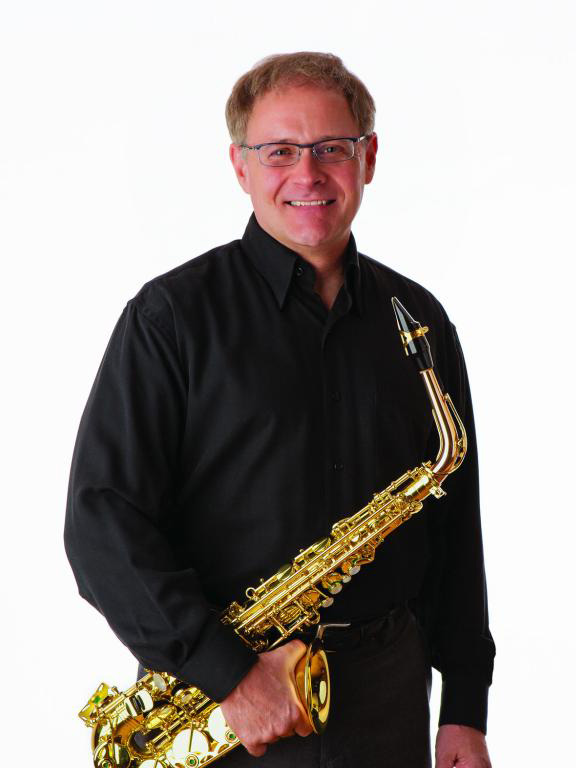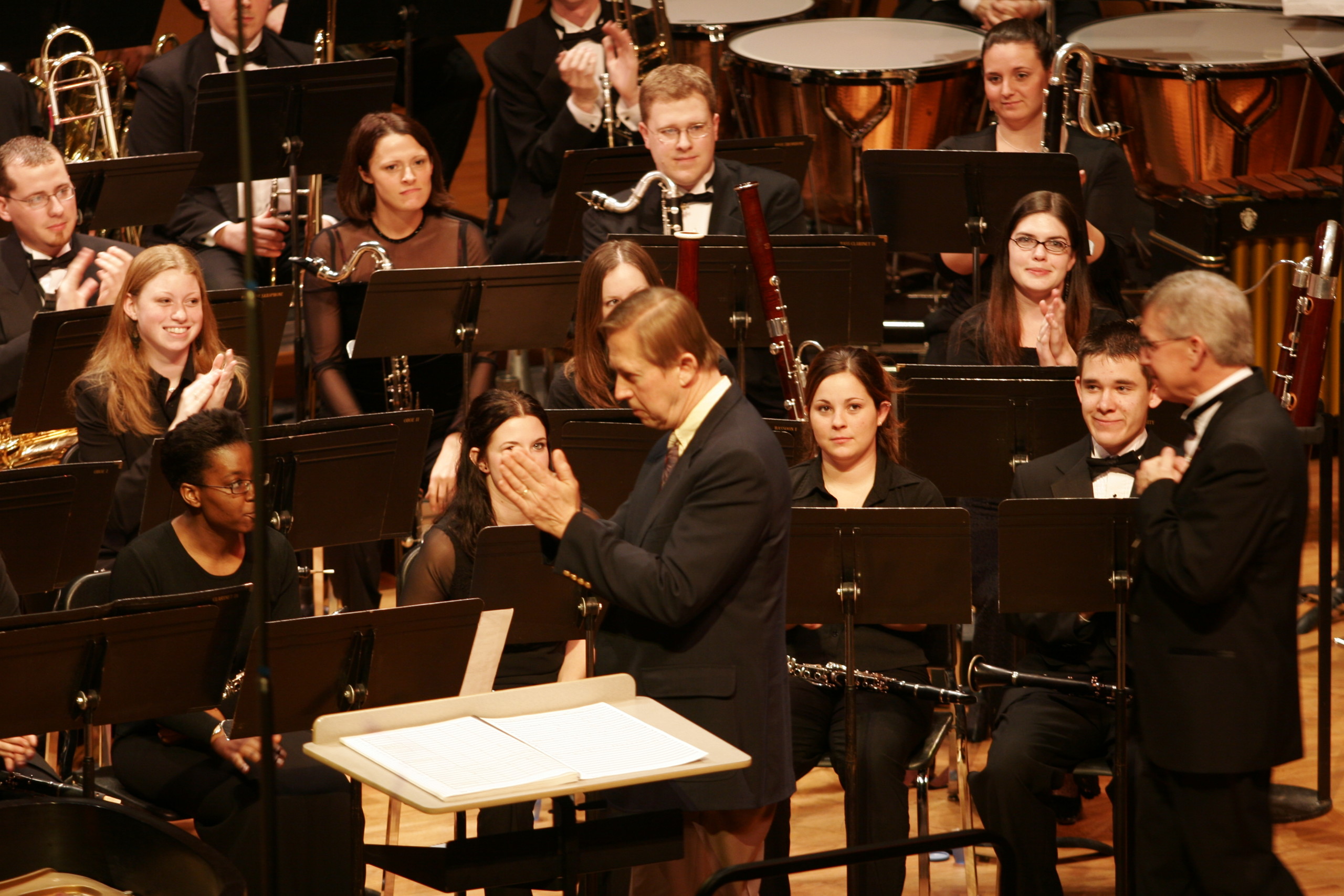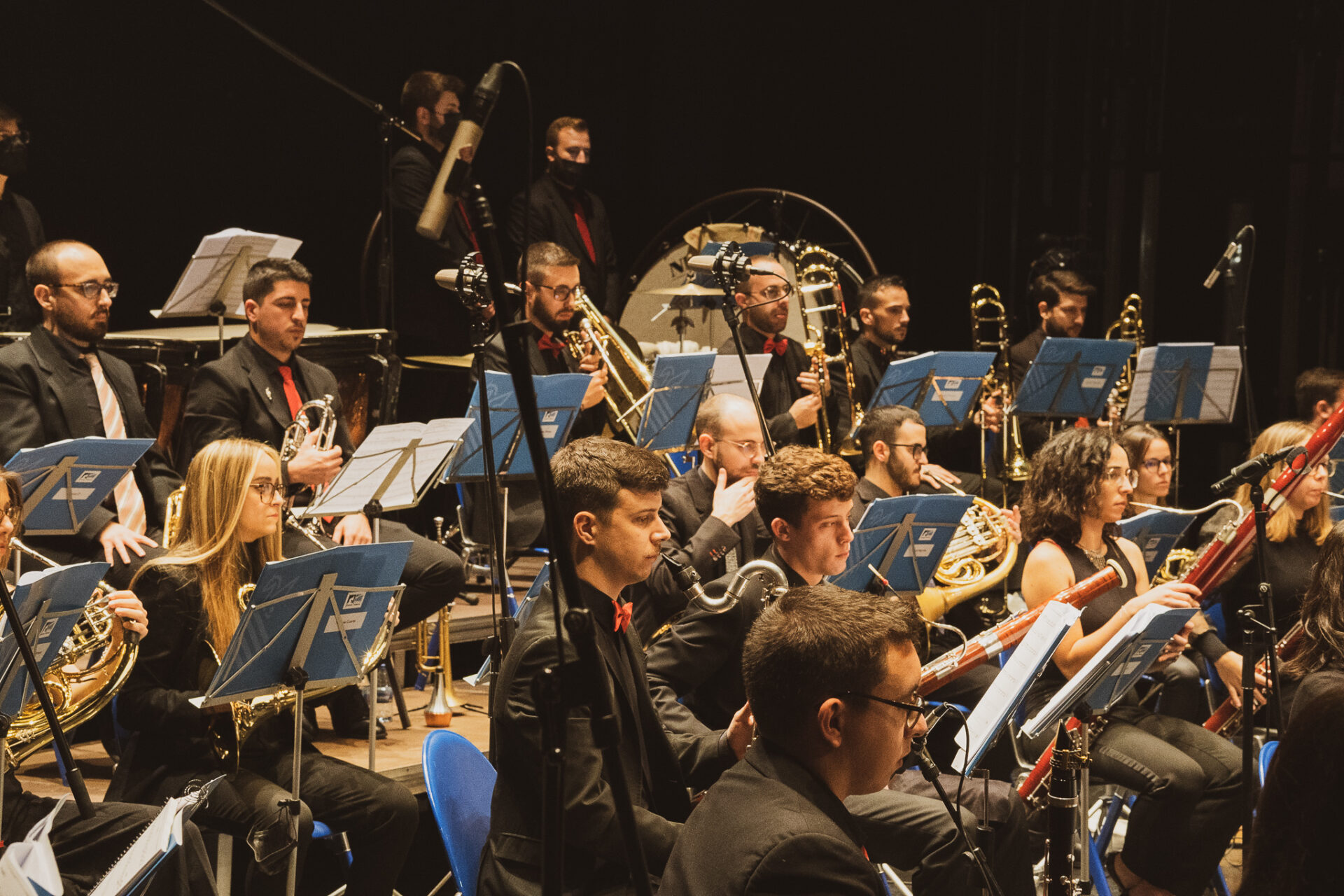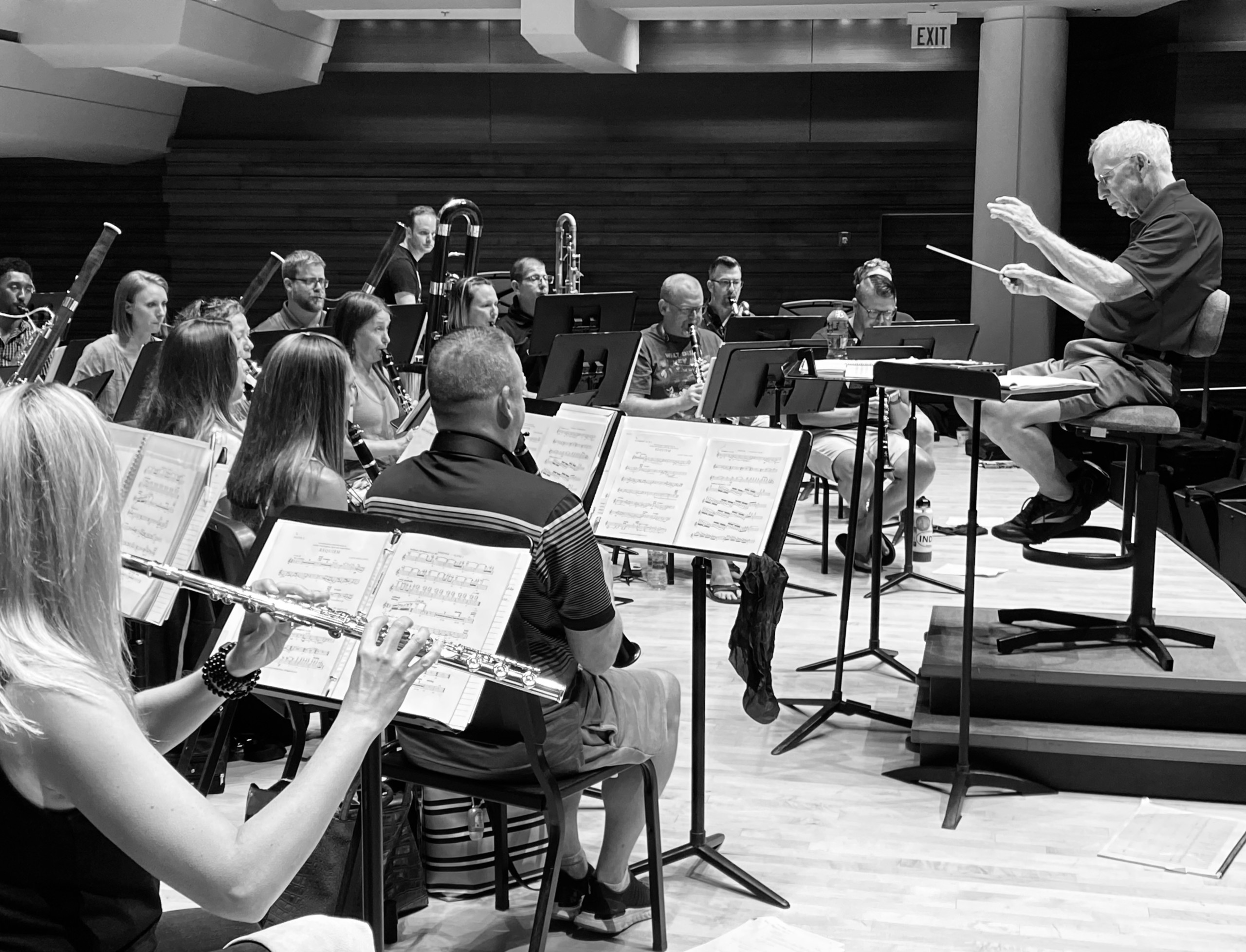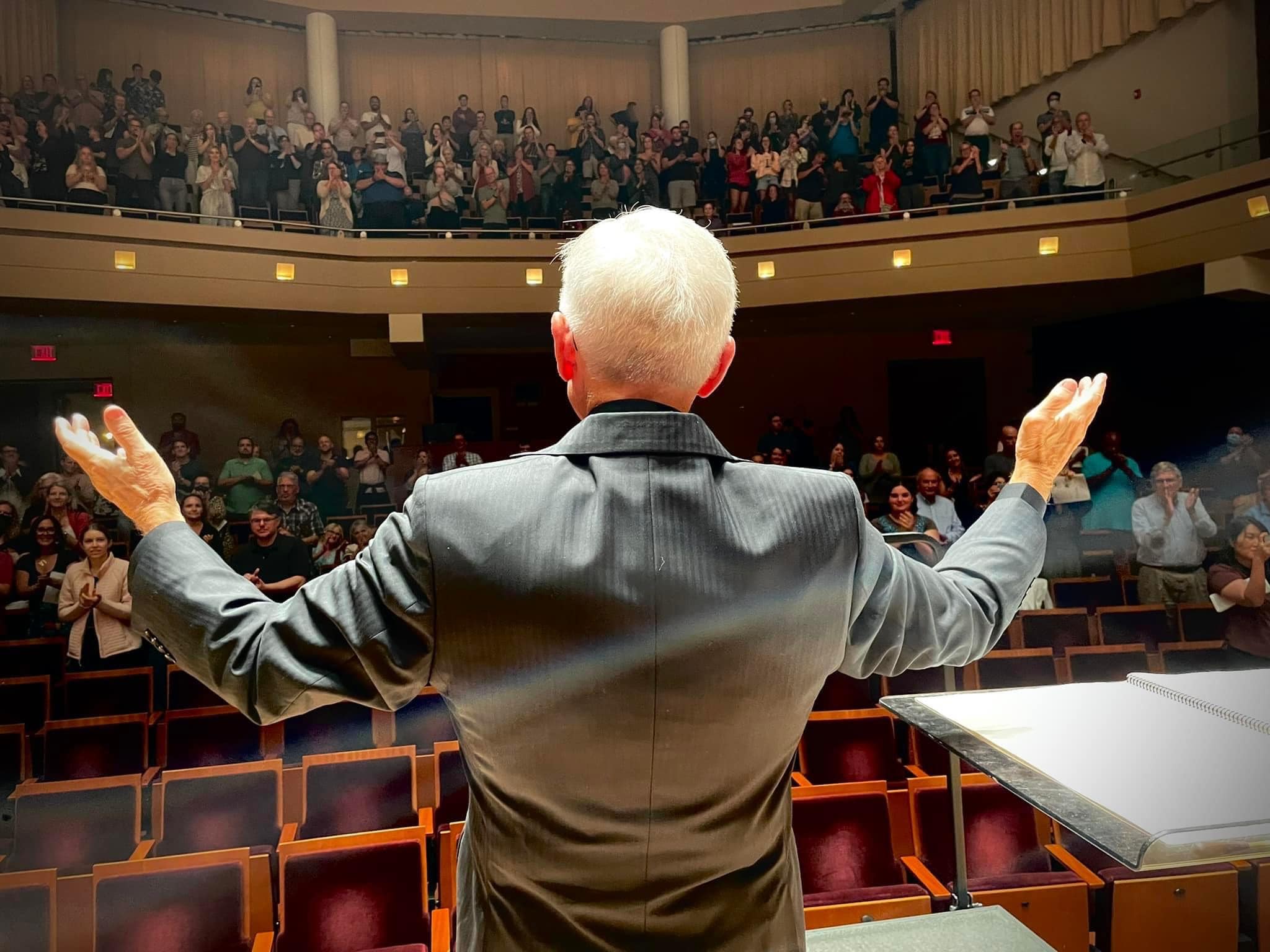Maslanka Weekly highlights excellent performances of David Maslanka’s music from around the web.
It’s getting to be the hottest part of summer in many locations around the world. The sun seems to come out with an intensity that cannot be shielded.
2020 has been a year of the COVID-19 pandemic, Murder Hornets, Locust outbreaks, forest fires, and more. We here at Maslanka Weekly thought it was high time to do an article about Hell!
From Wikipedia:
In religion and folklore, Hell is an afterlife location in which evil souls are subjected to punitive suffering, often torture as eternal punishment after death. Religions typically locate hell in another dimension or under Earth’s surface.
This week, we feature three of David’s works that reference Hell: Hell’s Gate, A Child’s Garden of Dreams, and O Earth, O Stars.
Hell’s Gate
From David Maslanka’s Program Note:
Hell’s Gate was commissioned by the Hellgate High School Symphonic Band, John H. Combs, conductor. The title “Hell’s Gate” started as a simple twist on the name “Hellgate.” “Hellgate” is the name given to a section of Missoula, Montana where the Clark Fork River flows through a mountain pass. Local Indians suffered many surprise attacks by rival tribes at this place, leading French settlers to give it the name “Hell’s Gate.” Over the years the “s” has been dropped, and the name has become a local commonplace, losing much of its psychic and cosmic force.
Having come up quickly with a title for my piece, I had to muse for a long time on its implications. The immediate picture that comes to mind is “The Flaming Gates of Hell,” and the desire to avoid these at all costs! Whatever one’s religious beliefs, the “gates of hell” can be taken psychologically to mean any extremely difficult point of transition in the maturing process of a person, one that cannot be avoided but must be gone through. These occur throughout the life, but one of the scariest is the transition into young adulthood. And so I offer this piece as a gift to my young friends who are at that point of life. I offer it as well to anybody making a hard transition of any kind.
The piece is something of a soul journey, the soul being represented by the trio of solo saxophones, and especially the solo alto saxophone. The soul is plunged willy-nilly into the fierce struggle of life. It survives, and responds with a deeply mournful and upwardly struggling and yearning attitude. With this attitude come first visions of the religious nature of the human being, and first hints of wholeness. Life overtakes, and the struggle is joined in earnest. The soul is driven to the extremes of its ability to endure, until in the middle of this there is a memory of the early vision of wholeness. The soul responds in agony, and then bursts into full and passionate awareness of its own nature. Reconciled to its connection, the soul opens to the full power of its earthly life. At this point of opening I have placed the Lutheran hymn tune “Christ, du bist der helle Tag” (“Christ, you are the bright day”) – a beautiful metaphor, regardless of your cultural tradition, for the passage into self-awareness. I was further compelled to use this tune because of the last two words of its title: “helle Tag” = “Hellgate!”
The work ends with the soul – the alto saxophone – transformed. It plays a quiet and beautiful solo song.
Watch below as Lewis Norfleet leads Dr. Adam Pelandini (Alto Saxophone), Jacob Krieger (Tenor Saxophone), & Joe Walrath (Baritone Saxophone), and the Central Washington University Wind Ensemble in a thrilling rendition of this work.
More info
- Lewis Norfleet
- Adam Pelandini
- Central Washington University Wind Ensemble
- Hell’s Gate @ davidmaslanka.com
A Child’s Garden of Dreams – I.
From David’s Program Note:
A Child’s Garden of Dreams was commissioned by John and Marietta Paynter for the Northwestern University Symphonic Wind Ensemble. It was composed in the summer of 1981 and premiered by Northwestern in 1982.
The following material is from Man and His Symbols by Carl Jung:
A very important case came to me from a man who was himself a psychiatrist. One day he brought me a handwritten booklet he had received as a Christmas present from his ten-year-old daughter. It contained a whole series of dreams she had had when she was eight. They made up the weirdest series of dreams I had ever seen, and I could well understand why her father was more than just puzzled by them. Though childlike, they were uncanny, and contained images whose origin was wholly incomprehensible to the father….
In the unabridged German original, each dream begins with the words of the old fairy tale: “Once upon a time….” By these words the little dreamer suggests that she felt each dream were a sort of fairy tale, which she wants to tell her father as a Christmas present. The father tried to explain the dreams in terms of their context. But he could not do so because there appeared to be no personal associations with them….
[The little girl] died of an infectious disease about a year after that Christmas….”[The dreams were a preparation for death, expressed through short stories, like the tales told at primitive initiations.]
The little girl was approaching puberty and at the same time, the end of her life. Little or nothing in the symbolism of her dreams points to the beginning of a normal adult life…. When I first read her dreams, I had the uncanny feeling that they suggested impending disaster….
These dreams open up a new and rather terrifying aspect of life and death. One would expect to find such images in an aging person who looks back upon life, rather than to be given them by a child…. Their atmosphere recalls the old Roman saying, “Life is a short dream,” rather than the joy and exuberance of its springtime…. Experience shows that the unknown approach of death casts an adumbratio (an anticipatory shadow) over the life and dreams of the victim. Even the altar in Christian churches represents, on the one hand, a tomb, and on the other, a place of resurrection – the transformation of death into eternal life.”
I have selected five of the twelve dreams as motifs for the movements of this composition:
- There is a desert on the moon where the dreamer sinks so deeply into the ground that she reaches hell.
- A drunken woman falls into the water and comes out renewed and sober.
- A horde of small animals frightens the dreamer. The animals increase to a tremendous size, and one of them devours the little girl.
- A drop of water is seen as it appears when looked at through a microscope. The girl sees that the drop is full of tree branches. This portrays the origin of the world.
- An ascent into heaven where pagan dances are being celebrated; and a descent into hell where angels are doing good deeds.
Watch below as Etienne Mounir leads the Orchestre d’Harmonie du Valais in a terrific performance of “Movement I.”
More info
- Etienne Mounir
- Orchestre d’Harmonie du Valais
- A Child’s Garden of Dreams @ davidmaslanka.com
O Earth, O Stars – IV. Dragons and Devils of the Heart
From David’s Program Note:
O Earth, O Stars is a double concerto for flute and cello. The music can stand on its own without any programmatic references, but I am strongly drawn to certain images and depths that are touched when the music relates to these images. Over the years I have been especially concerned with music that has grown out of the old Chorale melodies. The connections made between image or idea and music are complex. They resonate deeply and are not confined to a single set of interpretations. The six movements of this concerto, with chorales on either end, and one in the middle, give the impression of a Baroque cantata. The story being told is one you find for yourself.
Watch below as Stephen K. Steele leads Kimberly McCoul Risinger (Flute), Adriana Ransom (Cello), and the Illinois State University Wind Symphony in a magnificent performance of Movement IV, “Dragons and Devils of the Heart.”
More info
- Stephen K. Steele
- Kimberly McCoul Risinger
- Adriana Ransom
- Illinois State University Wind Symphony
- O Earth, O Stars @ davidmaslanka.com
We would love to hear from you! If you know of any outstanding performances of David Maslanka’s music on the web, please email us at maslankaweekly@maslanka.org.
